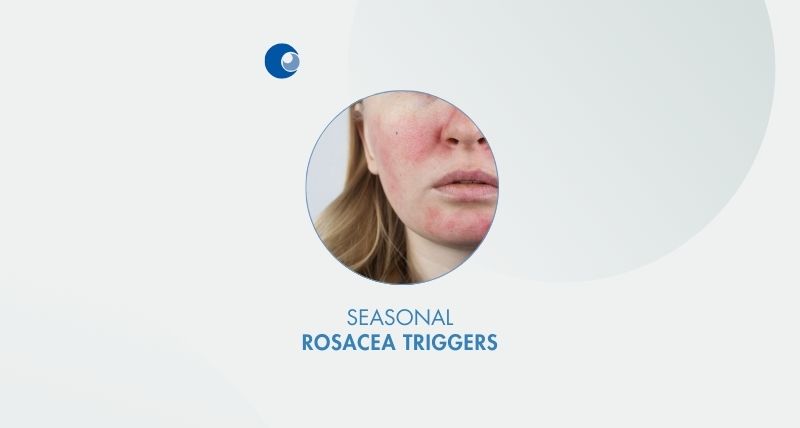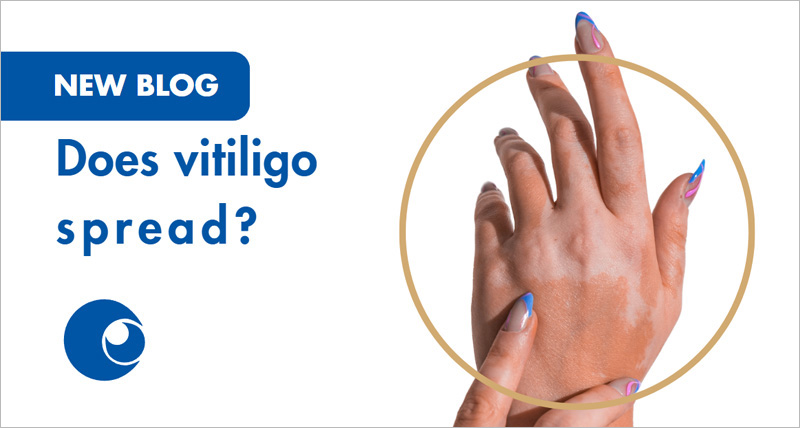Fungal infections present frequently in pharmacy, but their diagnosis is not always straightforward.
The most common fungal infections appearing in the community are tinea, candida and pityriasis versicolor caused by Malassezia yeast species, said Professor Rodney Sinclair, director of Epworth Dermatology, Melbourne.
Managing skin mycoses
Initial management of fungal skin infections involves the identification of any possible causes or triggers. Pharmacists need to consider:
- Why is the infection where it is?
- Why has the infection occurred now?
- What has the patient been doing differently and/or what might have changed to increase the patient’s susceptibility to infection?
- What patient-related or environmental factors might need to be addressed or modified to help treat the infection and minimise the risk of a recurrence?
It is also important to look for any other co-existing infection that might need to be treated at the same time, such as secondary bacterial infection of a fungal rash or a fungal infection occurring elsewhere on the body.
Most fungal skin infections can be successfully treated with an appropriate topical antifungal such as, for example, an azole or allylamine.
Oral antifungal medication is generally only required if the infection is particularly extensive or severe, if it is resistant to topical antifungal therapy, or sometimes if it affects certain hair-bearing areas such as the scalp.
The choice of topical azole depends on both the characteristics of the rash and the likely pathogen, as well as the relative antibacterial and anti-inflammatory effects of the medication.
Click here to read more in the article published on Sep 2016 by Professor Rodney Sinclair.







